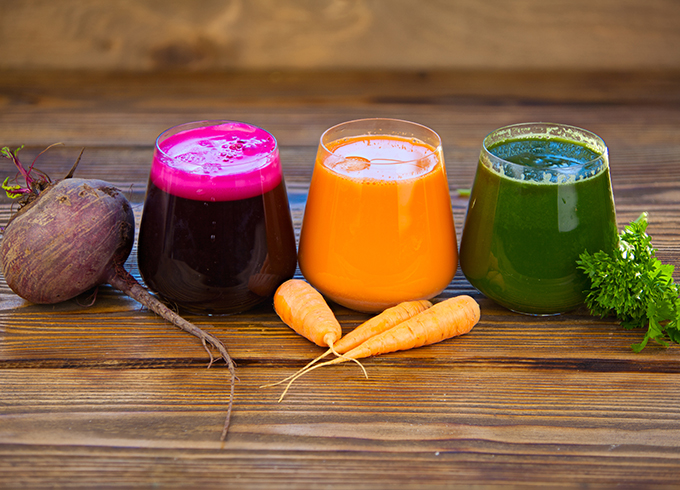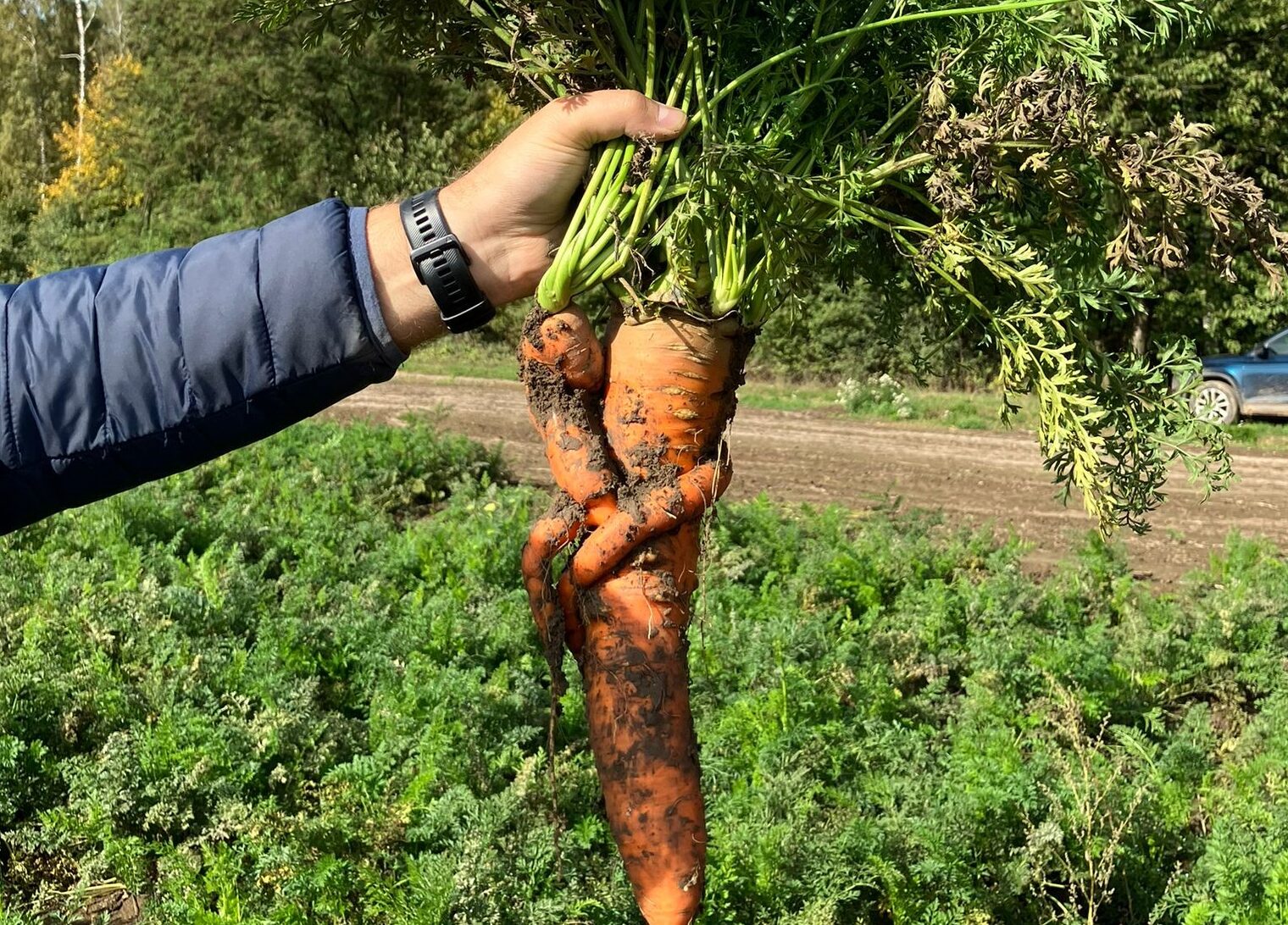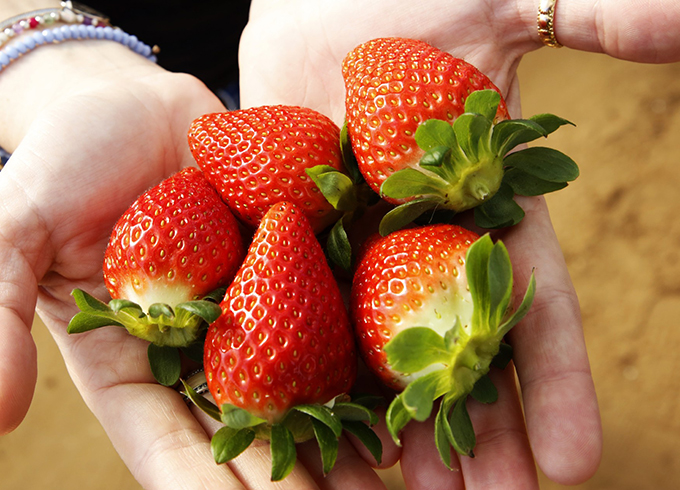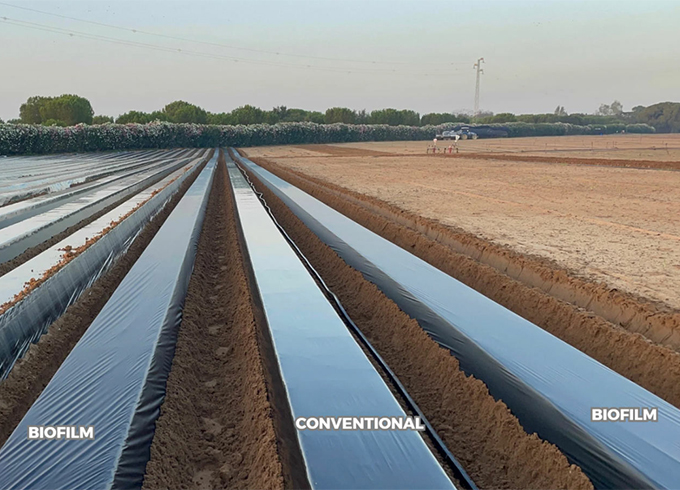Fibre optics: Finding fresh perspectives on vegetables as sources of fibre – and more

When consumers hear the phrase, “vegetables as a source of fibre” – what springs to mind? ‘Boring’ health foods? Childhood battles with broccoli? For one of the most important macronutrients, fibre has a less than stand-out reputation among consumers, and even food producers. Across multiple global surveys, shoppers stated they were aware that fibre was vaguely important to maintaining good health[1],[2] but expressed confusion as to its specific benefits[3] – with some adding that they consider high-fibre foods to be unexciting or unsavoury![4]
Given this perception, vegetable fibre content might not have been the most exciting front-of-pack claim in the past. But with previously niche topics such as gut health and metabolic wellness becoming household talking points in recent years, vegetable fibre and its benefits could be ready for a renaissance.
Here, we break down the top three reasons why consumers, and by extension food manufacturers, should focus on fibre content, and the central role high-quality vegetable ingredients could play in transforming the ‘optics’ of fibre, and delivering a host of additional benefits in the process!
1. Fibre-rich vegetables address essential consumer health concerns
You’re likely familiar with the headline benefits of dietary fibre; namely that it can promote satiety, aid in blood-sugar management, support the normal functioning of the digestive system and *ahem* keep us ‘regular’.[5] With a fibre content to calorie ratio of 1:10 in some cases[6], vegetables like cabbage, kale and carrots are excellent sources of dietary fibre, a fact that is all the more relevant in the context of trending health and wellness topics.
The introduction and explosive popularity of glucagon-like peptide 1 (GLP-1) drugs – or medications which can promote weight loss by supporting the body’s natural blood-sugar regulation mechanisms[7] – over the past 18 months has reframed the status of functional foods from ‘desirable’ to ‘essential’. Mintel’s 2025 trends forecast predicts that even those who don’t take weight management drugs are seeking food rich in nutrients – so they’re still getting what matters, even with a reduced appetite. We can see evidence of this trend taking off worldwide, with 33% of Thai consumers agreeing it’s worth splashing out on healthy, nutrient-dense foods containing vitamins and fibre[8], and 83% of Brazilians stating they look for foods that help them feel full for longer.[9] This ‘fundamental nutrition’ trend is also merging with existing diet and wellness themes such as sugar-reduction, a claim that is still important to more than a third of global shoppers in 2024.[10]
Low in sugar but packed with fibre, vitamins and minerals, vegetable ingredients like juices, concentrates and purees slot effortlessly into the current health and wellbeing landscape. By swapping high-sugar banana for fibre-rich white bean as a smoothie base for instance, or swirling kale and zucchini puree into a pasta sauce, food and beverage brands can stay on top of the trends, support shoppers seeking to make healthier choices, and foster the positive associations that build brand loyalty.
2. Fibre is fundamental for a satisfying sensory experience
Thick, delicious soups, rich stews, spoonable baby foods and even some smoothies – though diverse these products have at least one thing in common: they’re built on vegetable fibre. At its most basic level, dietary fibre fulfils a structural role that not only supports bodily functions, but plays a foundational role in crafting satisfying textures. If, as the common adage goes, ‘taste is king’ – then texture is his castle. While figures vary between sources, more than half of global consumers consistently cite texture as one of their key food priorities.[11],[12] With this in mind, the texture-building properties of fibre-rich vegetable ingredients are all the more attractive, particularly since they allow food brands to add body, flavour, colour and nutritional benefits to recipes all in one step.
At SVZ we’re experts in texture, allowing our customers to choose from a vast selection of vegetables, varieties, formats and even processing levels to provide the perfect puree consistency – chunky to silky smooth and everything in-between. It’s also our ongoing mission to evolve perceptions of fruit and vegetable ingredients past the expected by finding new and exciting ways to show-off their innate versatility. A great example here is our Carte Blanche white vegetable purees, concentrates and NFC juices, a premium ingredient range designed to help producers enhance their formulations with nutritious and texturizing fibre, without an accompanying spike in sugar – or ‘scary’ artificial inclusions.
3. Build consumer trust with fibre-rich, nature-led nutrition
The final advantage of fibre-rich vegetables is, that they are natural and – when produced properly – sustainable. This is a critical consideration since consumers’ appetite for lean, ‘green’ and pristine labelling shows no signs of abating, with sales of clean label snacks seeing an 8% increase in 2023, outstripping the performance of those featuring artificial ingredients.[13] The demand for naturalness is a symptom of recent health and wellness trends, but is also inextricably linked to growing environmental awareness. For almost two thirds of global shoppers, sustainability is a more important purchasing driver now than it was two years ago[14], and with 77% of Gen Z respondents telling FMCG Gurus they think food and drink producers should be doing more to protect the planet, the onus is clearly on brands to up their efforts.[15]
Embracing the potential of vegetable ingredients is one way food and beverage manufacturers can show their allegiance to all things ‘clean’ and natural. Minimally processed and multifunctional, they are ideal for keeping labels short and recognisable, while ensuring products are packed with natural flavour, texture, and colour. At SVZ, our agronomy teams and sustainability experts work tirelessly to protect and preserve the natural world, whether it’s by coordinating biodiversity or water conservation projects at our partner farms or installing solar panels and heat-recovery systems in our processing facilities to reduce our reliance on non-renewable energy sources. What’s more, by using perfectly tasty, yet imperfectly shaped vegetables to make our purees, juices and concentrates, we ensure more of nature’s goodness makes it onto consumers’ plates, rather than onto landfill sites.
From filling our stomachs and delighting the senses, to cleaning up labels – there’s so much more to fibre-rich vegetable ingredients than meets the eye. Find your prefect high-fibre solution or learn more about our extensive vegetables range here: https://www.svz.com/products/
[1] Victoria Norton, Carol Wagstaff, Julia Rodriguez Garcia, Alison Lovegrove, Peter Shewry, Mark Charlton, Nicola Gillett, Marcus John Tindall, Stella Lignou, “Wait, Do I Need More Fiber?” Exploring UK Consumers’ Dietary Fiber-Related Awareness and White Bread as a Viable Solution to Promote Subsequent Intake, Current Developments in Nutrition, Volume 8, Issue 9, 2024, 104430, ISSN 2475-2991, https://doi.org/10.1016/j.cdnut.2024.104430.
[2] Gustafson CR, Rose DJ. US Consumer Identification of the Health Benefits of Dietary Fiber and Consideration of Fiber When Making Food Choices. Nutrients. 2022 Jun 3;14(11):2341. doi: 10.3390/nu14112341. PMID: 35684141; PMCID: PMC9182951.
[3] Victoria Norton, Carol Wagstaff, Julia Rodriguez Garcia, Alison Lovegrove, Peter Shewry, Mark Charlton, Nicola Gillett, Marcus John Tindall, Stella Lignou, “Wait, Do I Need More Fiber?” Exploring UK Consumers’ Dietary Fiber-Related Awareness and White Bread as a Viable Solution to Promote Subsequent Intake, Current Developments in Nutrition, Volume 8, Issue 9, 2024, 104430, ISSN 2475-2991, https://doi.org/10.1016/j.cdnut.2024.104430.
[4] Sajdakowska M, Gębski J, Jeżewska-Zychowicz M, Królak M. Consumer Choices in the Bread Market: The Importance of Fiber in Consumer Decisions. Nutrients. 2020 Dec 31;13(1):132. doi: 10.3390/nu13010132. PMID: 33396471; PMCID: PMC7823423.
[5] https://www.mayoclinic.org/healthy-lifestyle/nutrition-and-healthy-eating/in-depth/fiber/art-20043983
[6] https://www.webmd.com/food-recipes/ss/slideshow-cabbage-benefits
[7] National Health Service (NHS), Diabetes medicines: GLP-1 agonists
, https://www.guysandstthomas.nhs.uk/health-information/diabetes-medicines-glp-1-agonists
[8] Mintel, 2025 Global Food and Drink trends report, https://insights.mintel.com/rs/193-JGD-439/images/Mintel_2025_Global_Food_and_Drink_Trends.pdf?version=2&mkt_tok=MTkzLUpHRC00MzkAAAGWgmjWIb8FSwkAlUn8TndUsOB_wYFFzZbtWhjR__Ie8l4A9angBcj-rLMXgzUEveBxckycRdbZq4KOkVZNdnca11fhpUaZb8l0J-4PfguKr25Y
[9] Mintel, 2025 Global Food and Drink trends report, https://insights.mintel.com/rs/193-JGD-439/images/Mintel_2025_Global_Food_and_Drink_Trends.pdf?version=2&mkt_tok=MTkzLUpHRC00MzkAAAGWgmjWIb8FSwkAlUn8TndUsOB_wYFFzZbtWhjR__Ie8l4A9angBcj-rLMXgzUEveBxckycRdbZq4KOkVZNdnca11fhpUaZb8l0J-4PfguKr25Y
[10] NIQ Report – Dive into the Trends Shaping Food and Beverage in 2024, May 2024, https://discover.gfk.com/story/tasting-tomorrow/page/4/1
[11] FMCG Gurus, Flavor, Color & Texture: New Flavors are Sparking Consumer Interest, November 2022, https://fmcggurus.com/blog/flavor-color-and-texture-innovative-flavors-are-sparking-consumer-interest-in-2022/
[12] Jones, R. (2020). Consumer Preferences and the Role of Texture in Food Choices: A Survey Analysis. Journal of Consumer Behaviour, 19(4), 385-398. DOI: 10.1002/cb.1862
[13] NIQ Report – Wellness trends influencing consumers in 2024, https://nielseniq.com/global/en/insights/analysis/2024/state-of-better-for/
[14] NIQ Report – The changing climate of Sustainability, https://nielseniq.com/global/en/insights/education/2024/rise-of-functional-beverages/
[15] https://fmcggurus.com/wp-content/themes/fmcg/static/img/FMCG-Gurus-Top-Ten-Trends-for-2024-Trend-Digest.pdf


